An international scientific team led by a Mexican researcher discovered globular clusters rotating at the same speed as the gas in the disk of the spiral galaxy Messier 106 (also known as M106 or NGC 4258) to which they belong. Because of their disk-like arrangement and speed, these distant objects could be relics of cosmic high noon. The working group includes researchers and students in Australia, Brazil, Chile, Denmark, France, and Germany, in addition to other colleagues at the IRyA-UNAM and INAOE. This research was carried out using the Gran Telescopio Canarias (GTC), of which Mexico is a partner, and the results were published in the May 1 issue of The Astrophysical Journal (ApJ).

The article that was published in the May 1st issue of the ApJ is part of a larger project to study the globular cluster systems of nine spiral galaxies within a radius of 52 million light-years. "We are particularly interested in the relationship between the number of globular clusters and the mass of the central black hole in spiral galaxies," says Dr. González-Lópezlira, who leads this investigation.
Globular clusters are groups of between 100,000 and 1 million stars. They are common objects, especially in large galaxies. "The Milky Way has 160 of these clusters, but very large galaxies can have tens of thousands. Usually, these clusters are distributed as in a sphere. All the stars of a globular cluster are approximately of the same age and have more or less the same chemical composition. Globular clusters are very old objects that formed about 11.5 billion years ago, 2.3 billion years after the Big Bang and shortly before the rate of cosmic star formation reached its peak, 10 billion years ago. Usually, these clusters are distributed as in a sphere.
The main finding of the project was totally unexpected and surprising. Instead of being distributed in a sphere, the globular clusters of NGC 4258 seem to be arranged in a disk that rotates in phase and practically as fast as the neutral hydrogen (HI) gaseous disk of the galaxy, which was observed with the Westerbork Synthesis Radio Telescope (WSRT), even at great distances from its center. This has never been seen before.
In addition, Dr. González-Lópezlira says that because of the way in which the M106 clusters move, the disk where they are distributed is very similar to the disks where we see that stars were forming 10 billion years ago. "We speculate that the disk of clusters of M106 is a relic or remnant of cosmic high noon."
Press releases:
[Phys.org] Globular cluster system of Messier 106—a relic of cosmic high noon?
[PRESS RELEASE: English version]
[MiMorelia] Investigadora de UNAM Morelia realiza descubrimiento en galaxia
[Milenio] UNAM descubre reliquia de la formación del Universo
Scientific paper:
Spectroscopy of NGC 4258 Globular Cluster Candidates: Membership Confirmation and Kinematics




